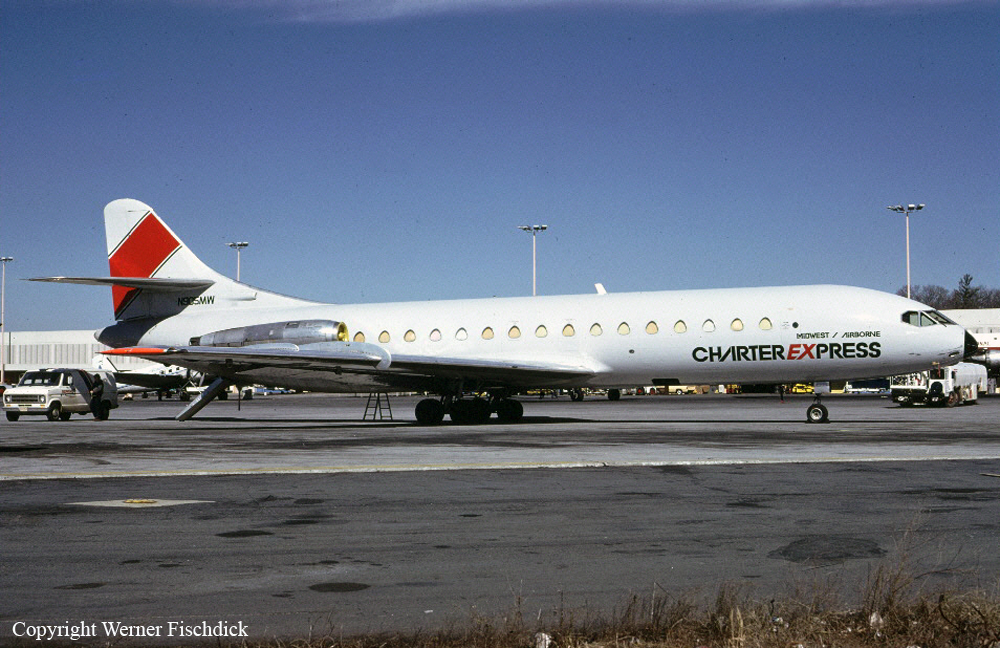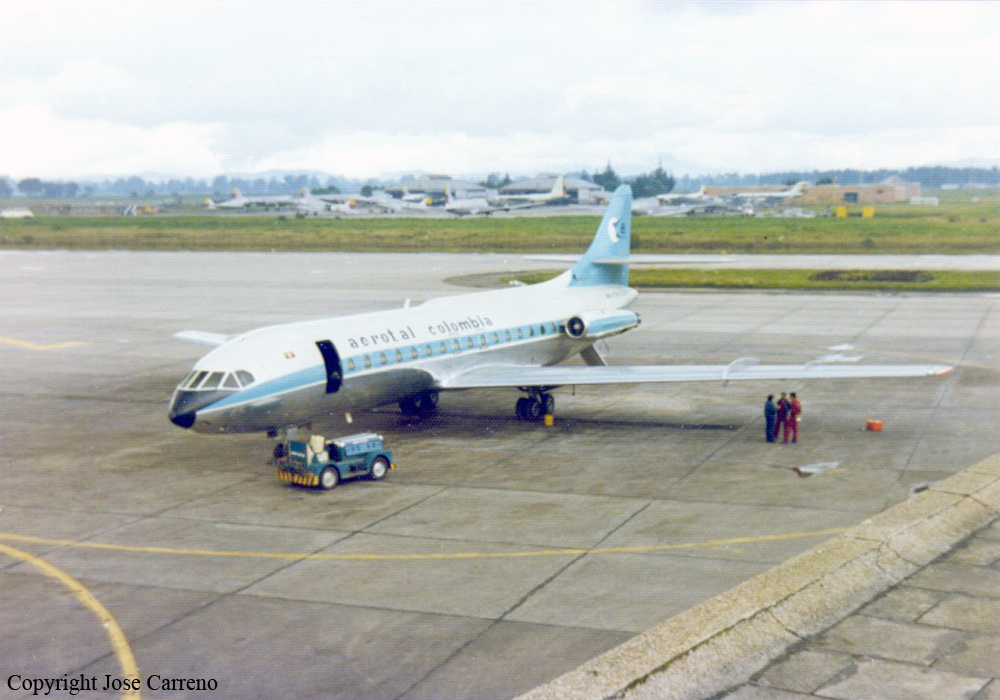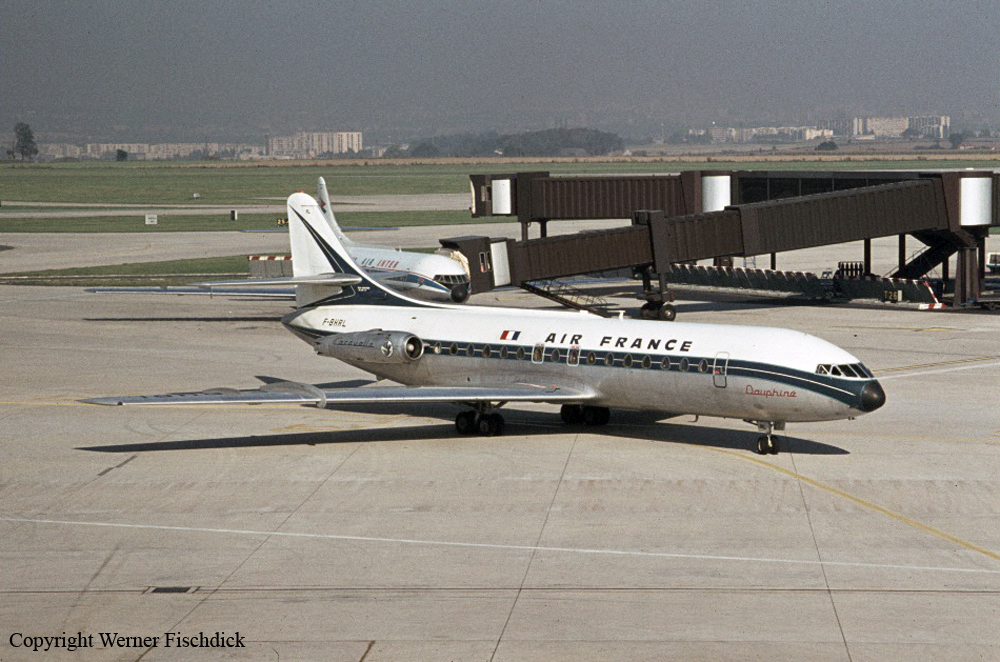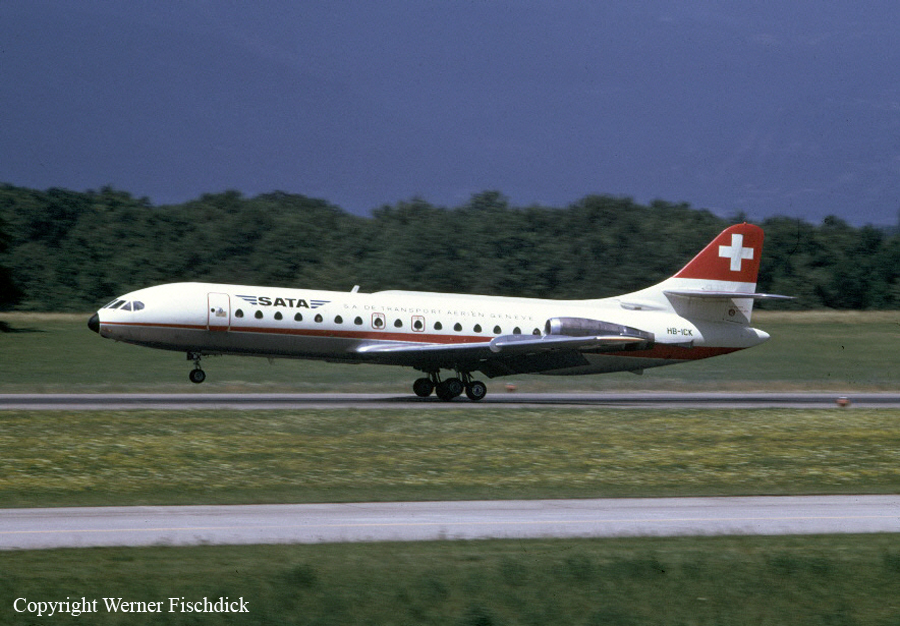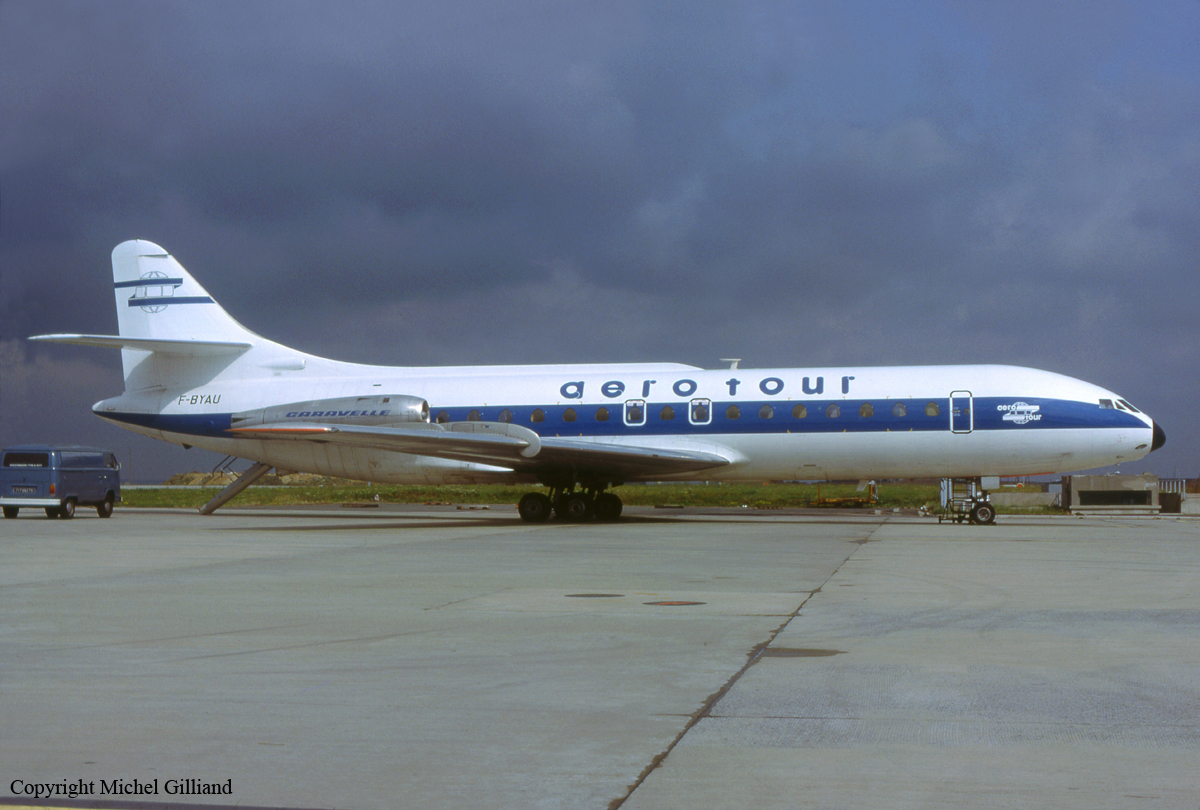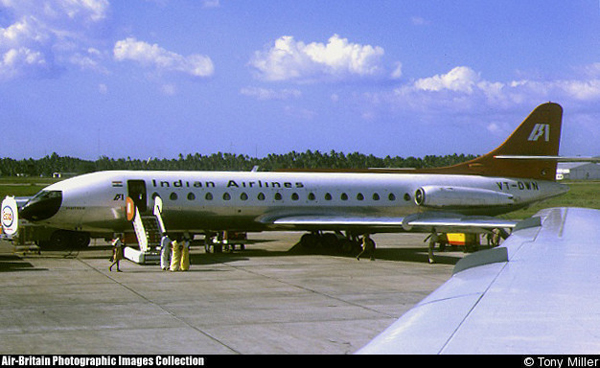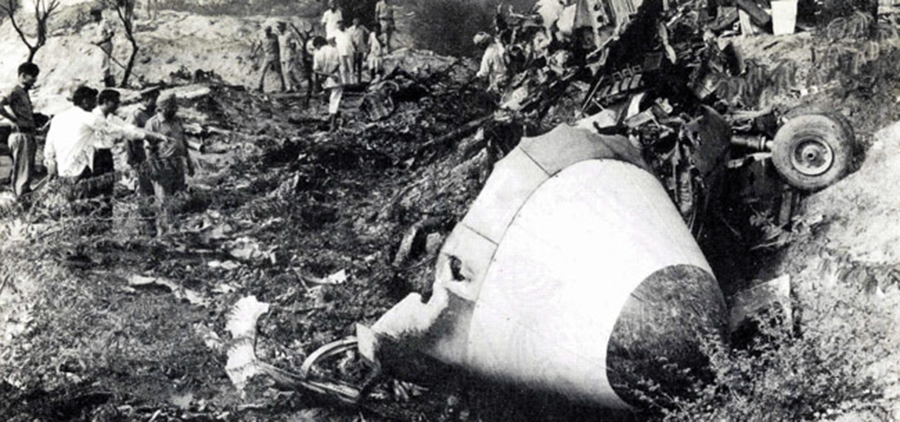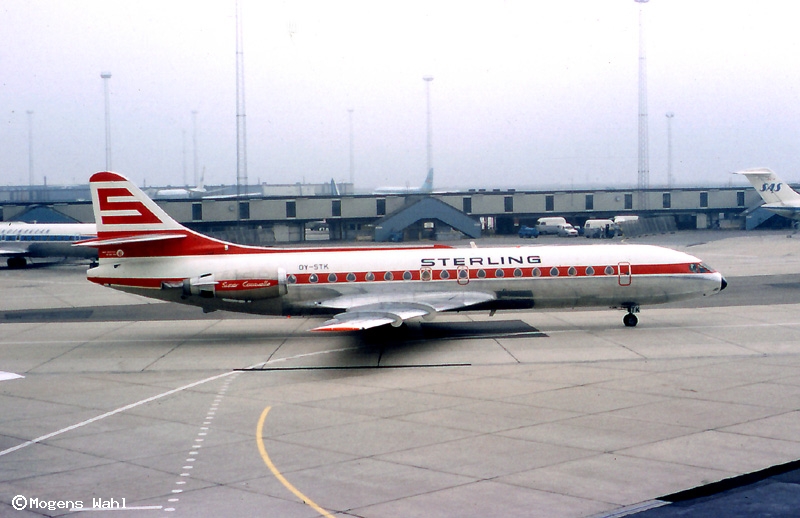Crash of a Sud-Aviation SE-210 Caravelle VI-R in Atlanta
Date & Time:
Jun 19, 1980 at 0456 LT
Registration:
N905MW
Survivors:
Yes
Schedule:
San Jose - Wilmington - Atlanta
MSN:
95
YOM:
1961
Crew on board:
3
Crew fatalities:
Pax on board:
1
Pax fatalities:
Other fatalities:
Total fatalities:
0
Captain / Total hours on type:
1239.00
Circumstances:
The crew was completing a night cargo flight from San Jose, California, to Atlanta with intermediate stop in Wilmington, Ohio. On approach, the airplane became unstable and rolled left and right. Despite the situation, the crew decided to continue the approach to runway 26 when the airplane landed hard. Upon touchdown, the left main gear collapsed. The airplane rolled for about 4,526 feet then veered off runway to the left and came to rest 250 feet further in a grassy area. All four occupants escaped uninjured while the aircraft was damaged beyond repair.
Probable cause:
Hard landing and subsequent failure of the left main gear after the crew failed to follow approved procedures. The following contributing factors were reported:
- Poorly planned approach,
- Vortex turbulences,
- Fast from LOM to airport,
- Closed gap behind a Lockheed L-1011 Tristar that just landed on same runway.
- Poorly planned approach,
- Vortex turbulences,
- Fast from LOM to airport,
- Closed gap behind a Lockheed L-1011 Tristar that just landed on same runway.
Final Report:
